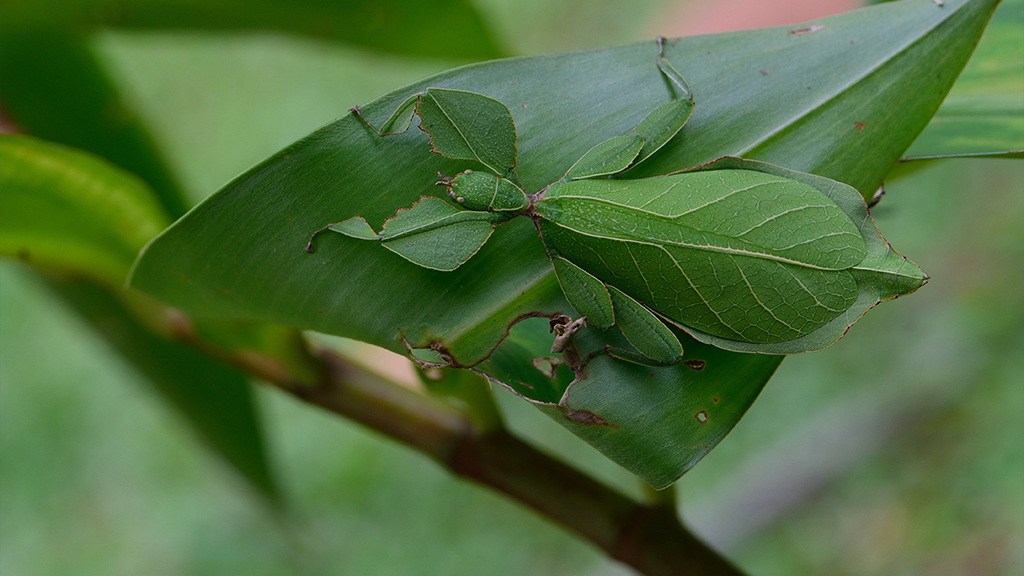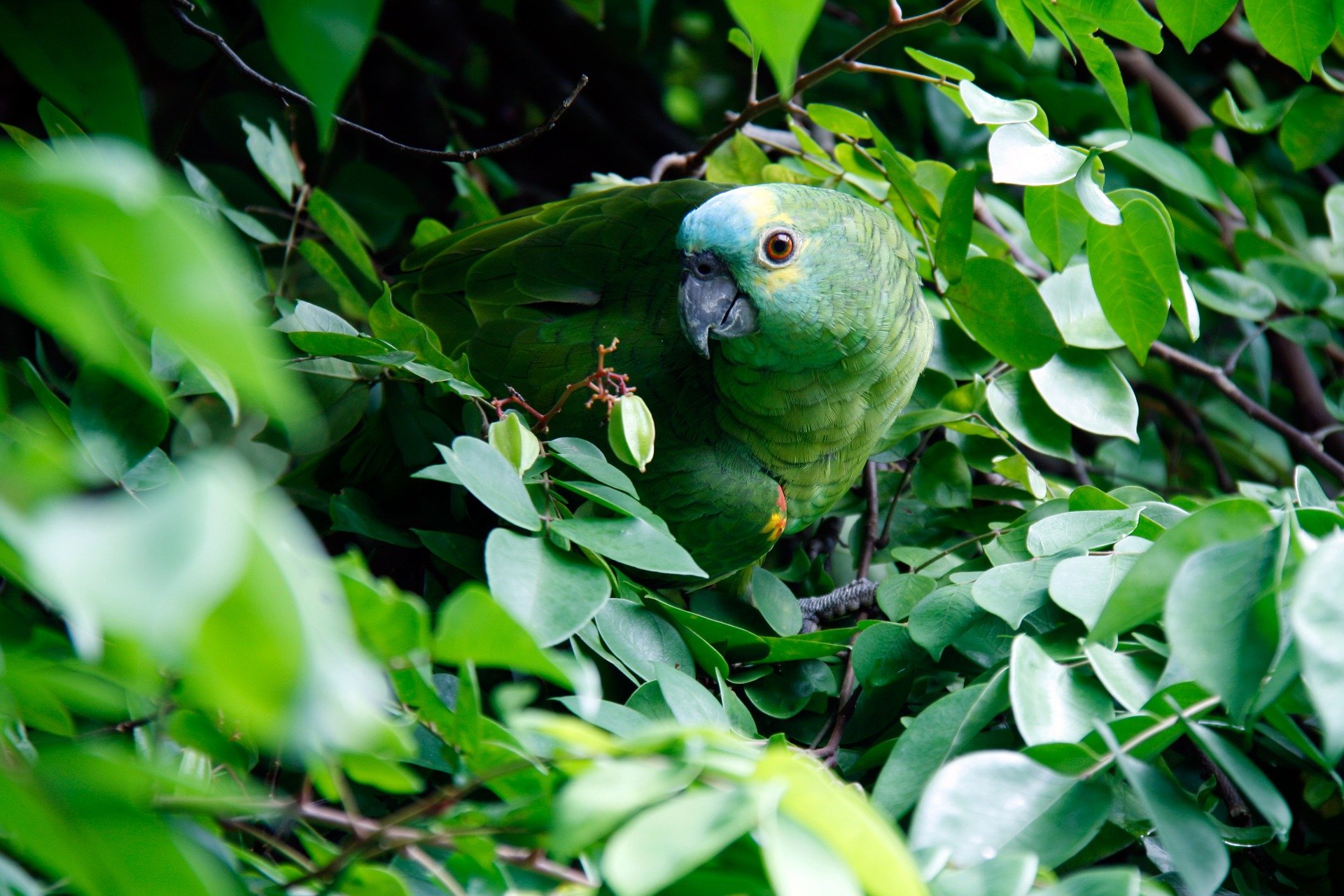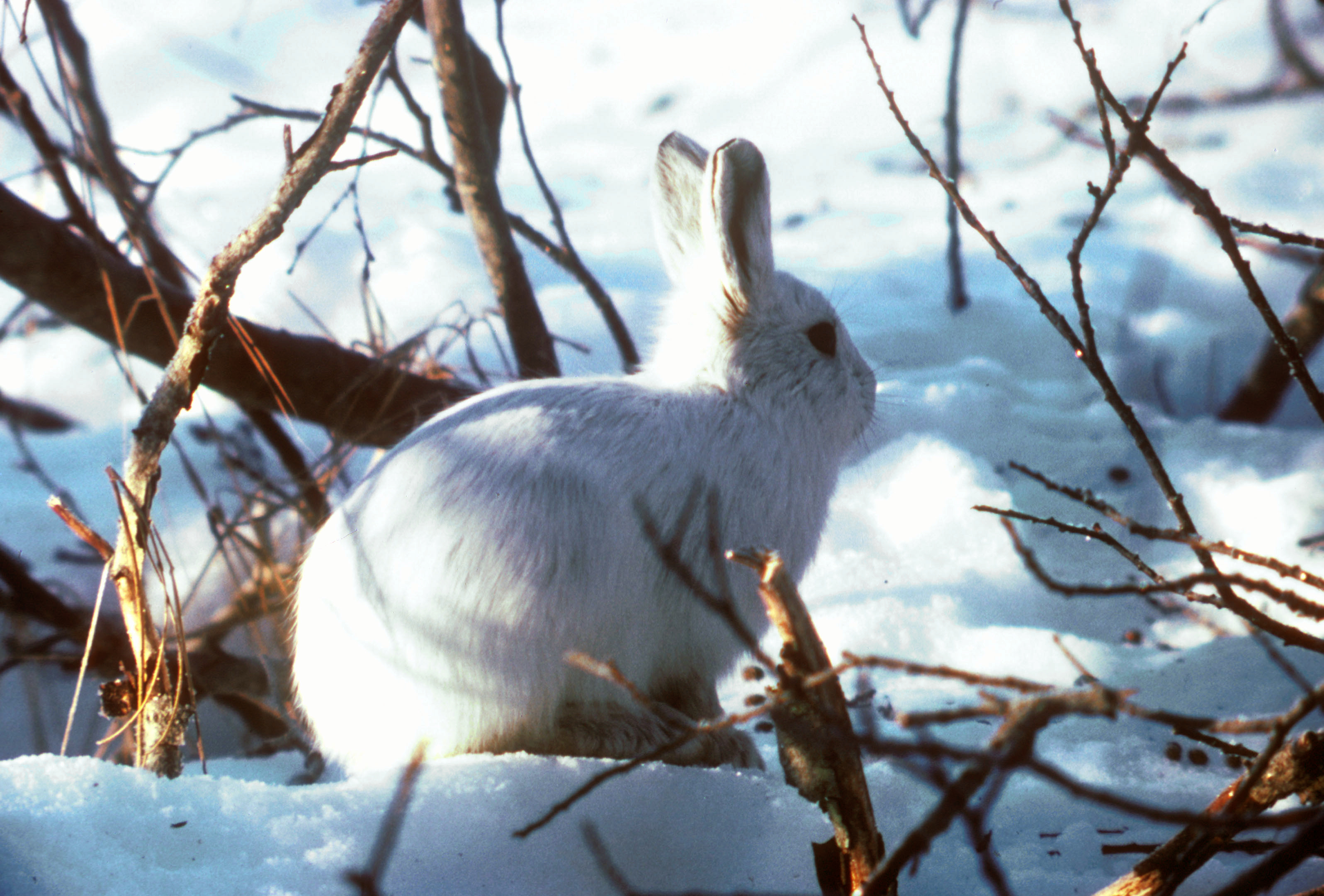Middle School | Daily Do
Why can't I see the animals?

Biology Crosscutting Concepts Disciplinary Core Ideas Is Lesson Plan NGSS Phenomena Science and Engineering Practices Three-Dimensional Learning Middle School Grades 6-8
Sensemaking Checklist




Introduction
In today's Daily Do, Why can't I see the animals? students engage in science and engineering practices and use cause and effect as a thinking tool to make sense of the phenomenon of camouflage. Students figure out that this phenomenon depends on both genetic and environmental factors, which sets the foundation for continued exploration of ecosystem interactions and dynamics.
What phenomenon am I exploring today? (Introduce Phenomenon)
Begin by showing students a short video (below). Play the Octopus Camouflage video and stop it at 0:06. Ask students to share what they notice about the environment with a shoulder partner. Typical student responses include water, sand, and rocks. When students are finished sharing, resume the video and play until 0:22. Again, ask students what they observed. Prompt students to think about how what they observed might help the octopus. Have students share their ideas and record their ideas in a shared space.
Ask students if they think all animals can hide in plain sight like the octopus and have them share their ideas with a partner or in a small group. Next, tell students you have a short activity that will help them figure out more about animals that seem to blend in to their environment.
Project the "Can you see the animal?" slide show. As you share each slide, have students record what they notice and wonder about the animals and the environment in which they live.
Developing Common Questions
Give students time to document their noticings and then have them share what they noticed with the whole group. Noticings may include:
- The animals are hard to see in those pictures
- Some animals blend into their environment because of color.
- Some animals are shaped like other things in their environment
- both land and aquatic animals can blend into their environments
Next have students focus on their wonders. Tell students to share them with their small group, and then prioritize the group's questions. Remind students their questions should be written as open questions; encourage them to work together to revise closed questions. Each group member should choose one of their prioritized open questions to share with the whole group. As students individually share, record their questions on the board or chart paper. Common student questions could include:
- How do the animals know what the environment will look like?
- Do the animals change to look like their environment after they are born?
- How can the octopus change to match so much?
- Can other animals change color and shape like the octopus?
- Are color and color-changing abilities genetic?
- If the environment changes will the animals change in the same way?
Guidance: Having students prioritize their questions in small groups allows students time to formulate and revise their questions from closed to open. This process also helps limit tangential questions or questions that could be considered inappropriate. To help students in this process consider using this Questioning Form.
Transition students to thinking about the patterns they are seeing in the class questions. Lead students to figuring out that some of the questions are focused on genetics and others are more about the environments where these animals are found. However, all of the questions ultimately focus on survival. In order for a population of species to continue to exist, enough individuals within that population have to survive and reproduce. This can only happen when the environment can provide enough resources.
Lead students to determine they have to figure out if it's the animals' genetics or environment - or both - that allows them to be seen or unseen.
Discussion Guidance: If students don't notice the patterns in the questions at first, surface prior learning about genetics and ecosystems by having students brainstorm around prompts such as:
- What do all organisms need to survive and reproduce?
- What are characteristics of healthy ecosystems?
Use these discussions as formative assessment opportunities to see what your students remember about ecosystem interactions, traits and an organism's ability to survive and reproduce. At this point it is not necessary to correct any misconceptions or incomplete ideas about these science ideas as they will have opportunities to change their thinking over the rest of the Daily Do lesson.


Gathering Data Through Research
To find out more about how animals use camouflage to survive have students read one or both of the articles linked below.
- How Common Animals Use Camouflage to Their Benefit is the shorter of the two articles and could be more accessible to students who may struggle with reading.
- How Animal Camouflage Works is a more difficult read. This article introduces some science ideas and vocabulary around the structure and function used in some organisms that are OK to mention at the middle school level. Deeper learning around biochromes and how they use wavelengths to help with camouflage should not be further addressed until high school.
Next, assigned one of the animals from the slides to each group. Have students develop a model to explain how their animal uses camouflage for survival. Before setting students free to work, facilitate a consensus discussion about what their models should include. Students should identify their models need to include:
- the organism and environment
- the role the organisms plays in the environment (predator/prey/both)
- other organisms it interacts with (predator/prey/both)
- how the organism interacts with its environment (type of camouflage used)
Encourage students to include other components and interactions. When students have finished developing their models, ask groups share them in a gallery walk or short presentation. Have student groups record basic information about the animals and their environments. Also, encourage students to ask questions about the animals they are learning about.
What did we figure out? (Making Sense)
Transition to evaluating what we have figured out about camouflage and the role it plays in survival so far:
- There are different kinds of camouflage (mimicry, concealing coloration, disruption coloration, and disguise).
- Some animals can change colors really fast.
- Some animals change colors when the season changes, like the artic fox.
- Some animals, like the octopus, can change both color and texture.
- Animal camouflage does not work in every environment.
- Camouflage helps an animal survive by hiding from it predators, hiding to stalk prey or both.
We also think that:
- Populations of animals camouflage in the same way.
- There are variations of camouflage traits within populations.
Next, prompt students to think about how camouflage helps maintain the ecosystem. Have students work in small groups to think about the animal they researched and the role it plays in its ecosystem. If students struggle to make connections, prompt them to think about:
- Where does the animal fit in the food web?
- What does the animals need to survive?
- Does the animal help other things in the ecosystem, like plants or other animals?
When groups have finished their discussions, have them share their thinking with the whole group to receive peer feedback.
Guidance: Use this Daily Do as a formative assessment to see what information students bring with them from prior grades and personal experience. As this task is designed to surface prior knowledge, guidance should be limited. Students should start thinking about all the different interactions their animal has with the other living and nonliving components in the ecosystem. Figuring out these big science ideas will eventually lead to a more robust understanding of disciplinary core ideas reflected in Interdependent Relationships in Ecosystems (Life Science Standard 2).
Revisiting our Questions
Now that students have figured out some things about camouflage and how it helps in survival, revisit students' initial questions to see what can be answered and determine where to go next.
- How do the animals know what the environment will look like?
- Do the animals change to look like their environment after they are born?
- How can the octopus change to match so much?
- Can other animals change color and shape like the octopus?
- Is color and color changing genetic?
- If the environment changes will the animals change in the same way?
Students should recognize they can answer their questions that are more environmentally focused and basic questions about genetics within a population. For example,
- Octopuses like the one from the video have special cells in their skin that make them a master of camouflage.
- Animal color is genetic (animals get their color from their parents) but there is variation in coloration among individuals in a population (prior knowledge from 3-5).
- Although some animals change color in different seasons, many animals can not change colors to match their environment.
Students should also have a clearer picture of ecosystem interactions at this point. Have a "taking stock" discussion to determine what students know and what they need to figure out next. Through the modeling activity, students should have figured out:
- Organism play a role in the food web of their ecosystem.
- All organisms need resources from their environment to stay alive (like food).
- Ecosystems have many different components and these components interact with each other.
From here students could dive deeper into looking at more specific ecosystem interactions. For example students could:
- Revisit their models to make predictions about what might happen if the environment changed (flood, drought, or human impact).
- Predict what might happen to animals with specific traits that are an advantage in one environment but not another.
- Dive deeper into predator/prey relationships and how they help keep an ecosystem in balance.
- Predict the effects of changing non-living components of the ecosystem on the entire ecosystem.


